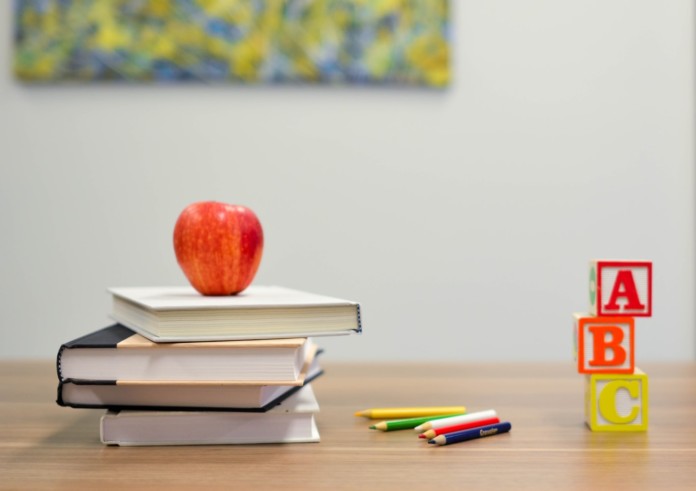Art therapy and having art prompts allow people with learning disabilities, ADHD, and autism to express themselves. For people who find it difficult to verbally express their thoughts and feelings, art can be a means of communication. Art in schools provides a creative (and enjoyable) way to communicate without limitations or fear of being judged because there is no such thing as failing when creating art. This process provides them with a sense of accomplishment and boosts their self-esteem. To promote self-communication, having daily art prompts are one of many creative drawing ideas for kids that can help get their creative juices flowing and result in art that deviates from the norm.
Art and math: Crafts (three-dimensional, tangible projects) are an excellent tool for teaching new skills or assessing problem-solving abilities. Drawing, painting, and crafts do not necessitate creating a masterpiece; however, that may be the outcome. They help the student artist feel more confident in their abilities, which will carry over into their daily lives.
The effect of art on the brain: Making art stimulates the brain, causing it to produce more dopamine. This is especially important for people having ADHD (attention Deficit Hyperactivity Disorder), as higher dopamine levels improve concentration. Using art to express one’s creativity boosts serotonin levels and reduces stress. Art therapy can help ADHD children and adults improve their executive function symptoms as well as motor skills. Kids with learning disabilities, such as dyslexic children, also develop better practicing art.
Art activities can assist children with learning disabilities in overcoming the challenges they face when learning in a variety of ways. Of course, having a learning disability does not automatically imply that a person is talented in the arts. Art can provide students with learning disabilities the chance to express themselves through various media and gain confidence.
The effect of art on motor skills: The arts are intellectual disciplines that require complex thinking and problem solving and allow students to build their worlds understanding. Having drawing and painting skills helps enhance manual dexterity while also teaching shapes, contrasts, boundaries, spatial relationships, and other math concepts. Crafts allow children to express themselves in two- and three-dimensional ways. Students can develop important problem-solving skills without having to depend on more difficult areas of expression.
Art and speech therapy: Art, particularly for people with autism and specific learning disabilities, learning problems, and learning disabilities, provides alternative means of communication when words are limited. Working with art therapists can also assist them in dealing with social issues. It provides them with an alternate route.
Art and confidence: The positive role of the arts and art-based teaching and learning boosts self-esteem and confidence on an individual basis for each artist with a learning disability. Participating in the arts can help you cope with the negative aspects of living with a disability and the stigma that comes with it. Those who spend the majority of their lives with an invisible disability have historically been underestimated, pitied, and unable to achieve as much as their peers. There is a belief in the power of art to level the playing field.
Having daily art prompts is a great way for the teacher to help children with learning disabilities get a better grasp of what is taught. When children analyze an art prompt word, they will discover an entire world of creativity and expression awaits them. Painting, making simple designs, and realizing that the best part of the challenge is that learning can become fun again are techniques that art prompts can help teachers discover. Studies on the effects of art on education do not look at the child’s talent or the quality of their creations; instead, they look at how they feel afterward, and the results are positive!




